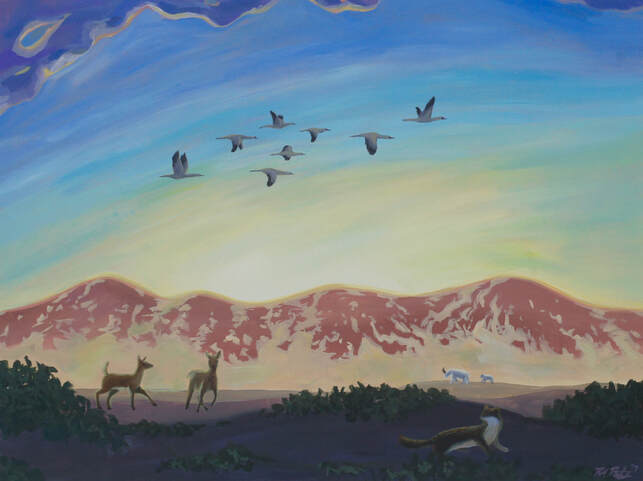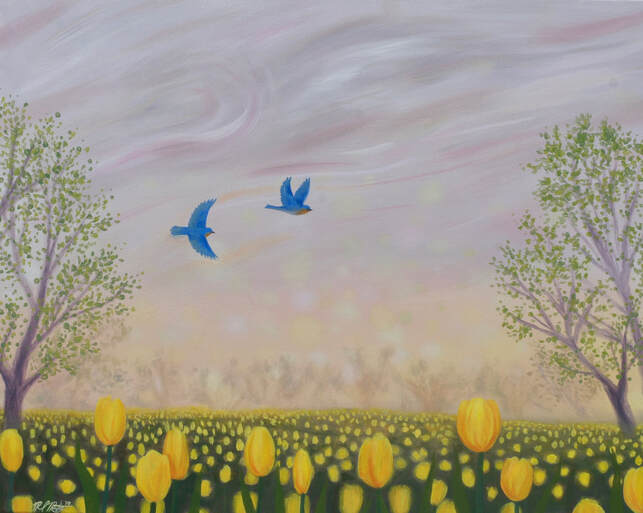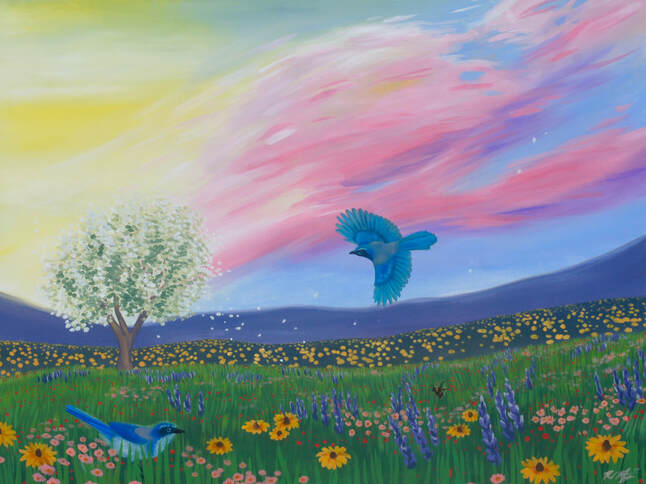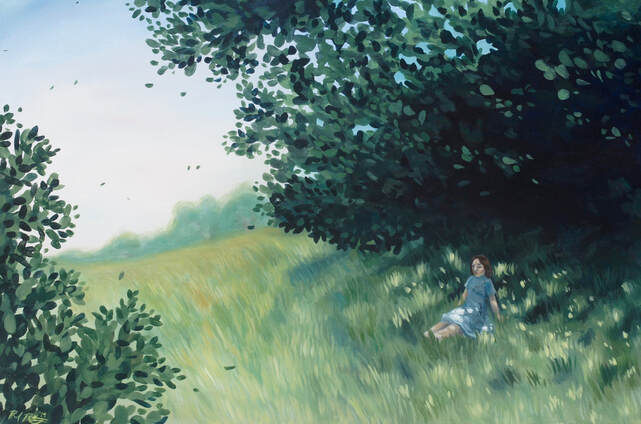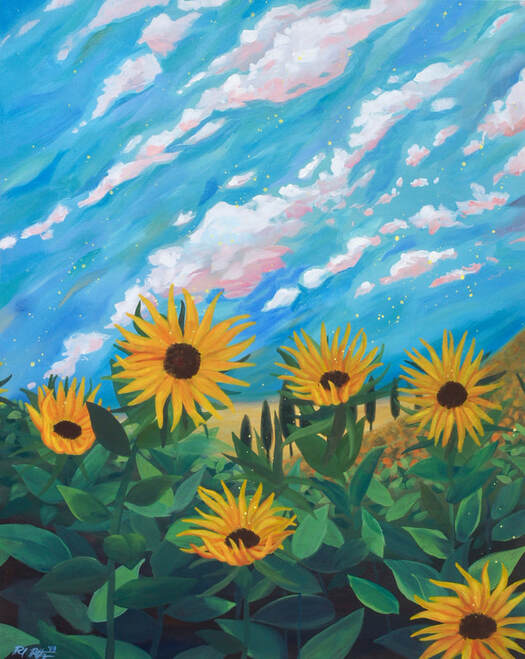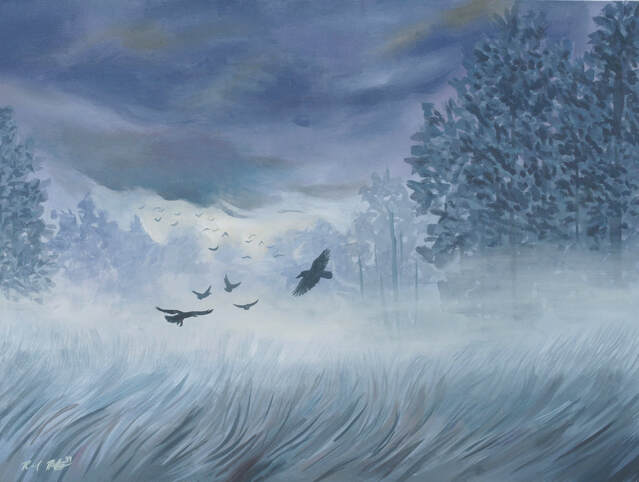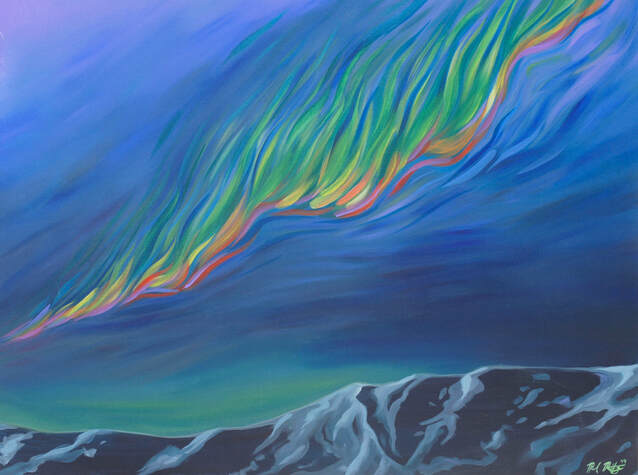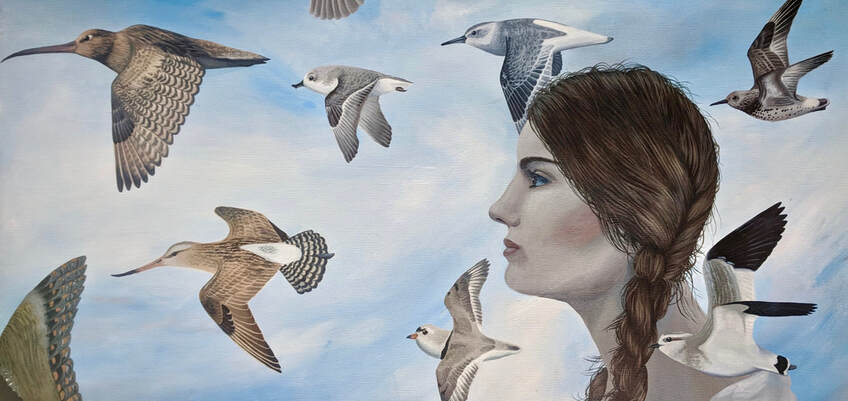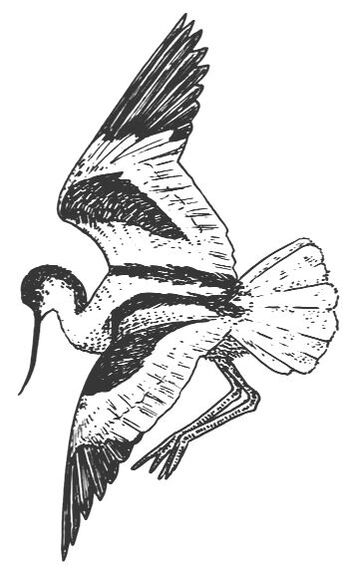Invocation (1/7)
The narrow bud opens her beauties to the sun (2/7)
Answer July (3/7)
Hot sun, cool fire (4/7)
Ah, Sun-flower! (5/7)
Adieu, farewell earth's bliss (6/7)
Ring out, wild bells (7/7)
Passing of the Year Series
Acrylic on canvas, 2019
These seven paintings represent the text of seven poems by the poets William Blake, Emily Dickinson, Thomas Nashe, and Alfred Lord Tennyson, as well as the music from Johnathan Dove's contemporary choral piece "The Passing of the Year," composed for a double chorus and piano in 2000. Western Washington University's Concert Choir performed this piece in the 2019 Spring Choir Concert under the direction of Dr. Leslie Guelker-Cone.
Available for purchase: Invocation; Answer July; Hot sun, cool fire; Ring out, wild bells
Acrylic on canvas, 2019
These seven paintings represent the text of seven poems by the poets William Blake, Emily Dickinson, Thomas Nashe, and Alfred Lord Tennyson, as well as the music from Johnathan Dove's contemporary choral piece "The Passing of the Year," composed for a double chorus and piano in 2000. Western Washington University's Concert Choir performed this piece in the 2019 Spring Choir Concert under the direction of Dr. Leslie Guelker-Cone.
Available for purchase: Invocation; Answer July; Hot sun, cool fire; Ring out, wild bells
Nature's Details: Experimental Painting Series
Oil on Paper and Canvas, 2020
Oil on Paper and Canvas, 2020
Resilience
Acrylic on Canvas, 2018
A New York Times article titled "Shorebirds, the World's Greatest Travelers, Face Extinction" written by the director of the Cornell Lab of Ornithology, John Fitzpatrick, inspired this piece. These far-traveling birds are remarkable in their ability to travel distances spanning across the globe in a matter of days. Their decline is devastating and demands our attention because humans, too, depend upon shorelines and bodies of water that are in danger due to the systemic illness of urbanization.
Fitzpatrick writes: "The global collapse of migratory shorebird populations is much more than a calamity facing a group of exquisitely evolved birds. It also tells us that our global network of aquatic systems is fraying. If water is the world’s lifeblood and aquatic systems are its connective tissue, then the decline of the planet’s most spectacular global travelers signals a systemic illness that demands our attention and action."
The painting includes the following threatened or endangered shorebirds: Australian Painted-snipe, Far Eastern Curlew, Bar-tailed Godwit, Spoon-billed Sandpiper, Wood Snipe, Piping Plover, Spotted Greenshank, Sociable Lapwing, Great Knot
www.nytimes.com/interactive/2018/04/27/opinion/shorebirds-extinction-climate-change.html
Acrylic on Canvas, 2018
A New York Times article titled "Shorebirds, the World's Greatest Travelers, Face Extinction" written by the director of the Cornell Lab of Ornithology, John Fitzpatrick, inspired this piece. These far-traveling birds are remarkable in their ability to travel distances spanning across the globe in a matter of days. Their decline is devastating and demands our attention because humans, too, depend upon shorelines and bodies of water that are in danger due to the systemic illness of urbanization.
Fitzpatrick writes: "The global collapse of migratory shorebird populations is much more than a calamity facing a group of exquisitely evolved birds. It also tells us that our global network of aquatic systems is fraying. If water is the world’s lifeblood and aquatic systems are its connective tissue, then the decline of the planet’s most spectacular global travelers signals a systemic illness that demands our attention and action."
The painting includes the following threatened or endangered shorebirds: Australian Painted-snipe, Far Eastern Curlew, Bar-tailed Godwit, Spoon-billed Sandpiper, Wood Snipe, Piping Plover, Spotted Greenshank, Sociable Lapwing, Great Knot
www.nytimes.com/interactive/2018/04/27/opinion/shorebirds-extinction-climate-change.html

